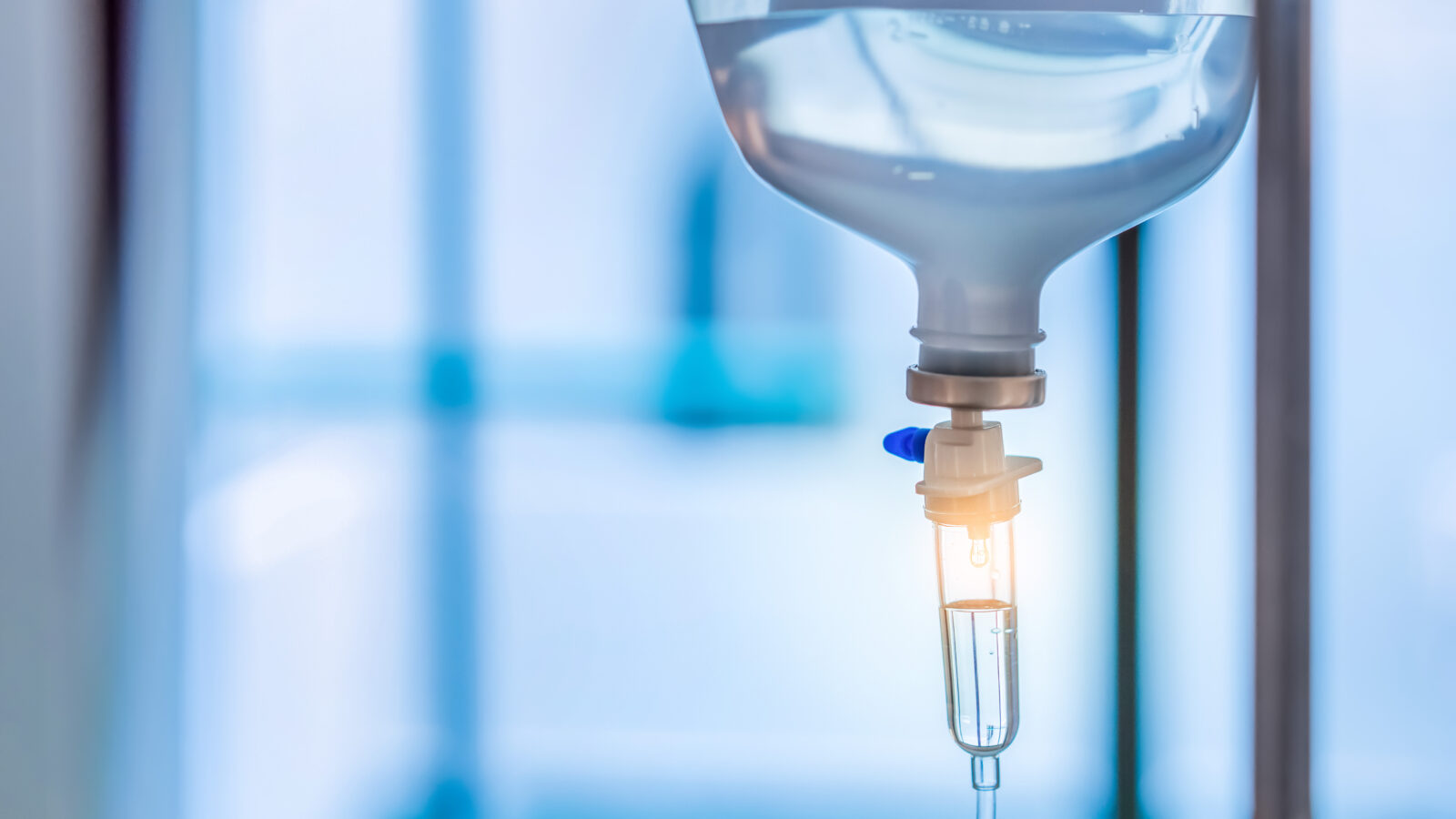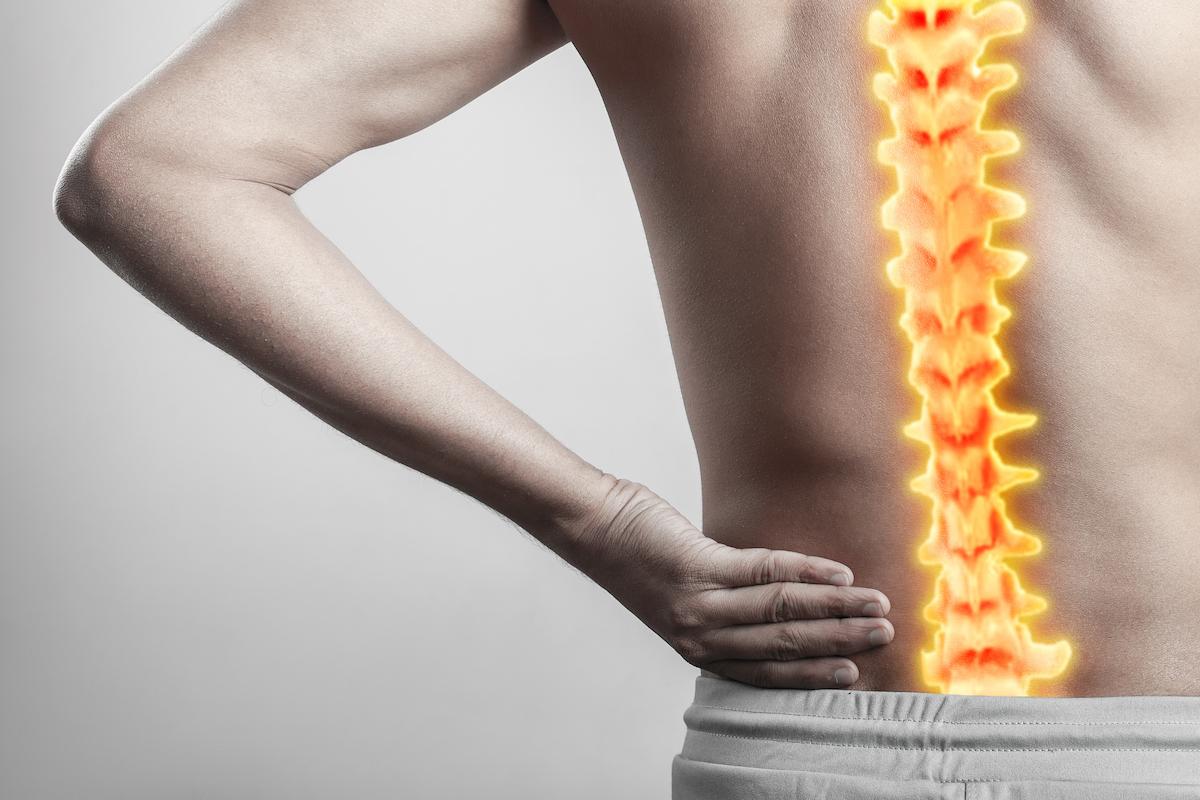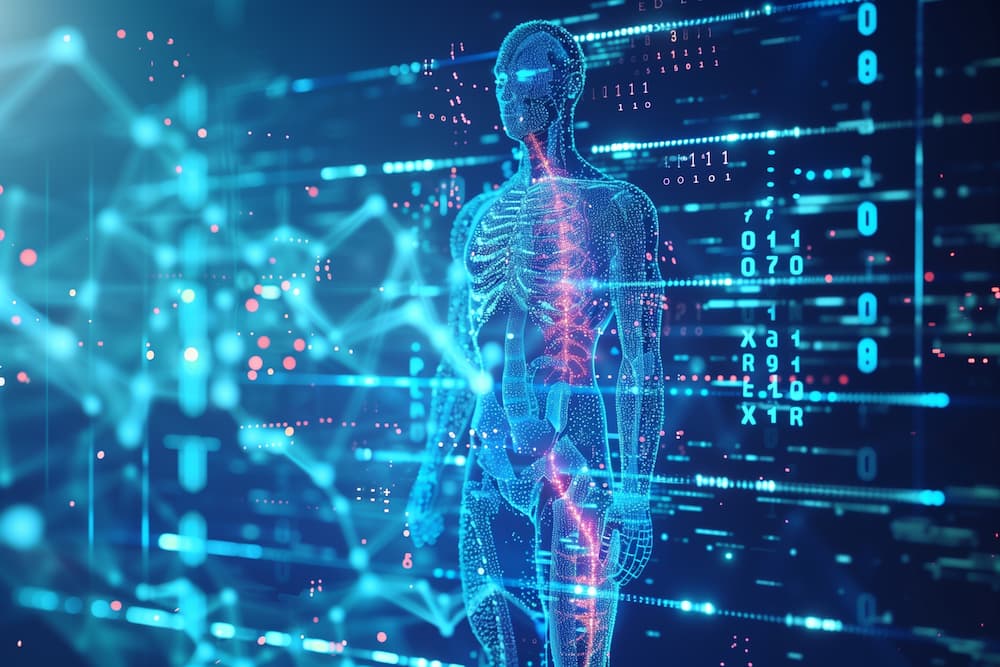How to increase neuroplasticity through science
The brain has a beautiful capability of changing based on the environment and stimulus around it. It is considered “plastic” or “moldable” due to this nature of constant change. This is called “Neuroplasticity” and can be both a positive and negative thing.
Positive neuroplasticity is learning new memories and overcoming the functional challenges following a brain injury by creating “detours” around the damaged areas. Negative neuroplasticity would be noted in chronic pain, the plastic change of always being in pain, re-wires the brain to always send pain signals, regardless of tissue integrity.
Neuroplasticity takes effect by stimulating small receptors on the end’s of neurons called NMDA receptors. They are primarily stimulated by novel inputs to the system like excitement, frustration, learning something new, going for a walk, being challenged, and during times of extreme effort.
Lifestyle changes to make in order to optimize your Neuroplastic abilities:
- Limit inflammation from diet and environment
- Move your body; daily for at least 20 minutes
- Take a 10 minute walk in the evening
- Read a book
- Travel to new places often (eating at a new restaurant or going to a new part of town counts)
- Learn a new language
- Pick up a new hobby
- Challenge yourself with a task
- Hang out with friends
Stimulating NMDA receptors triggers the neuron to outreach to the one next to it, this creates a new connection, or synapse, which is called “synaptogenesis” or “creation of new synapses”.
NeuroRehab and Technologies
Modern science and recent literature points to a few other options to help upregulate NMDA receptors along with the the lifestyle changes above. These technologies are designed to help augment and improve upon the basic lifestyle guidelines (BLGs) for creating neuroplasticity. They are the top of the food pyramid, meaning they are the last to be addressed, not the most important. The gadgets only work if you also put in the work on your end.
- Red Light Therapy (Photobiomodulation)
- Eye Movement Exercises
- Brain Rehab Training
- Hyperbaric Oxygen Therapy
- Neurofeedback
Supplements for Neuroplasticity
Supplements, like technologies, should only be approached once BLGs have been set in place and a consistent practice is established. Supplements can be achieved from the foods we intake however, IV and oral supplements can help increase those levels beyond what we can with food. These can help change the chemical make up to better achieve neuroplastic changes due to upregulating synaptogenesis.
- NAD+ Therapy
- Choline Supplementation
- Omegas (particularly DHA)
- Methylene Blue
If you are interested in learning more about neuroplasticity, synaptogenesis, or any way to improve your breath health reach out to us. We would be happy to help you achieve your goals and optimize your brain body mind health.





